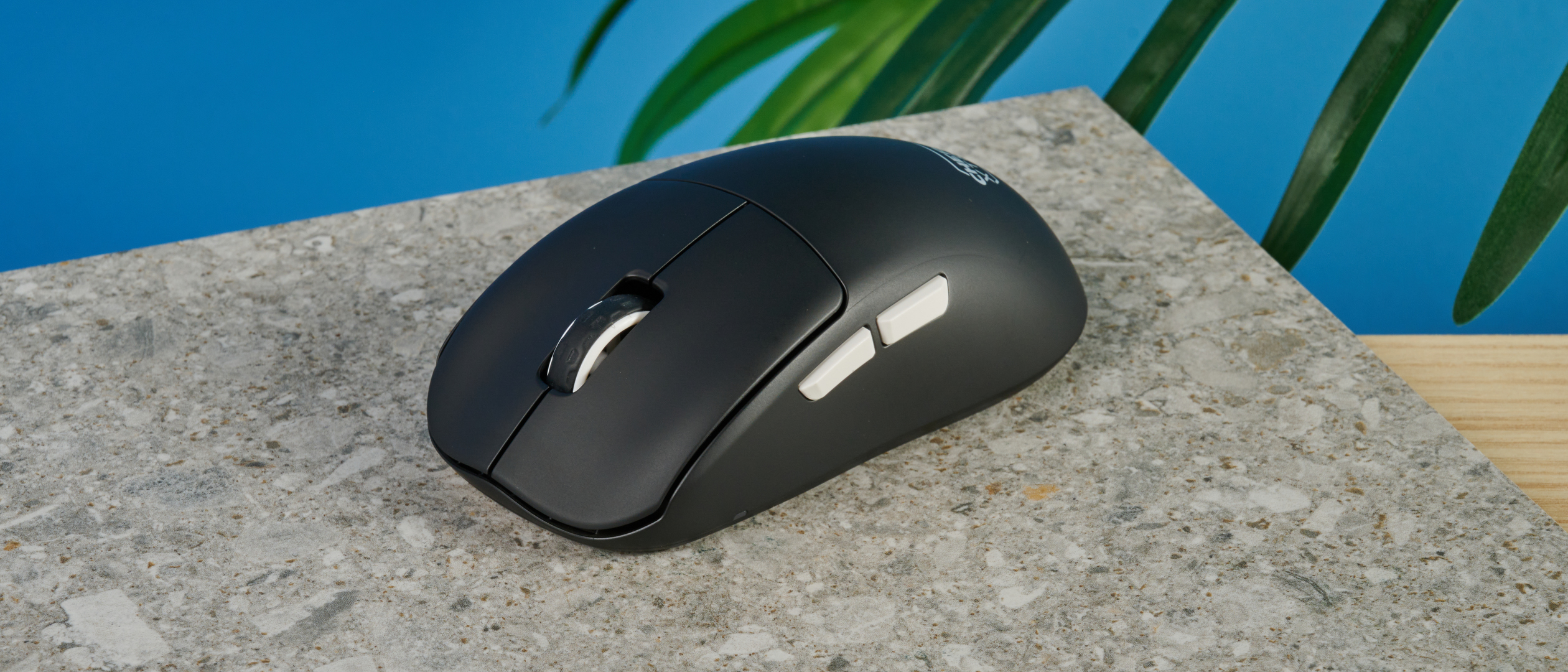Tom's Guide Verdict
A pleasant surprise for less than $100, the Cherry M68 excels at providing an efficient, comfortable design, with the option for some extreme wireless performance with the Pro version. That’s not to say the performance on the regular version of the mouse is anything to laugh at, with one of the best sensors available at the moment, combined with some wonderfully tactile Huano switches. Whether you’re using it for casual gaming, or need a tournament-winning peripheral, this should be in high consideration for your next gaming mouse.
Pros
- +
Excellent sensor
- +
Clicky Huano switches
- +
On-board customization
- +
Comfortable shape
Cons
- -
Expensive Pro version
- -
Awkward charging port
Why you can trust Tom's Guide
Disclaimer
Editor's Note: This review covers both the regular (Black, blue) and 'Pro' versions (Black, white) of the M68 mouse, which use the same overall design. The key differences in performance will be explained throughout the review.
The Cherry M68 ($99), and the 8K polling rate version, the Cherry M68 Pro ($139) should be considered among the best gaming mice you can get right now, particularly if you’re a fan of the high-performance design of the Logitech G Pro X Lightspeed 2 ($159), but are in the market for an alternative, cheaper option.
With a comfortable symmetrical design and wonderfully tactile buttons, gaming on the M68 is as responsive as you can really get on a gaming mouse, thanks to the solid Pixart 3395 sensor and clicky Huano switches. My most intense gaming sessions were handled well, surpassing many other mid-range gaming mice I have used, such as the close rival, the Fantech Aria XD7 ($78).
For $99, the M68 is a steal. The Pro version boasts an incredibly high polling rate of 8,000hz, also allowing for 4k, 2k, and 1k rates, and a slightly bigger battery life marketed at 90 hours — but for this you will have to fork over an extra $40. I find it hard to recommend this for most people, but it remains an option for those demanding the highest performance available on a wireless mouse today.
Read on for my full Cherry M68 review.
Cherry M68 / M68 Pro review: Cheat Sheet
- What is it? A high performance gaming mouse.
- Who is it for? Hardcore gamers who can get the most out of the 8k polling rate, or those who want an alternative to the Logitech G Pro X.
- What does it cost? $99 is a sweet price tag for the regular version, although this gets bumped up to a more dubious $139 if you opt for the 8K polling rate Pro edition.
- What do we like? The mouse looks and feels premium, and the performance is one of the best available.
- What don’t we like? Not a whole lot, although the Pro edition of the mouse is pricey, and a little unnecessary.
Cherry M68 / M68 Pro review: Specs
| Price | M68: $99 / £99, M68 Pro: $139 / £139 |
| Connection | 2.4G Wireless |
| Colors | Black / White / Blue |
| Max DPI | 26,000 |
| Max Polling Rate | M68: 1,000, M68 Pro: 8,000 |
| Buttons | 5 |
| Size | 4.9 x 2.5 x 1.6 inches |
| Weight | M68: 1.86 ounces, M68 Pro: 1.94 ounces |
Cherry M68 / M68 Pro review: The ups
I enjoyed every moment of using the M68, from its comfortable shape to the best in class performance. It worked great for me across both competitive games and day-to-day desktop use, with a well-built case and long lasting battery that makes it ideal for marathon gaming sessions or intense LAN parties alike.
Build
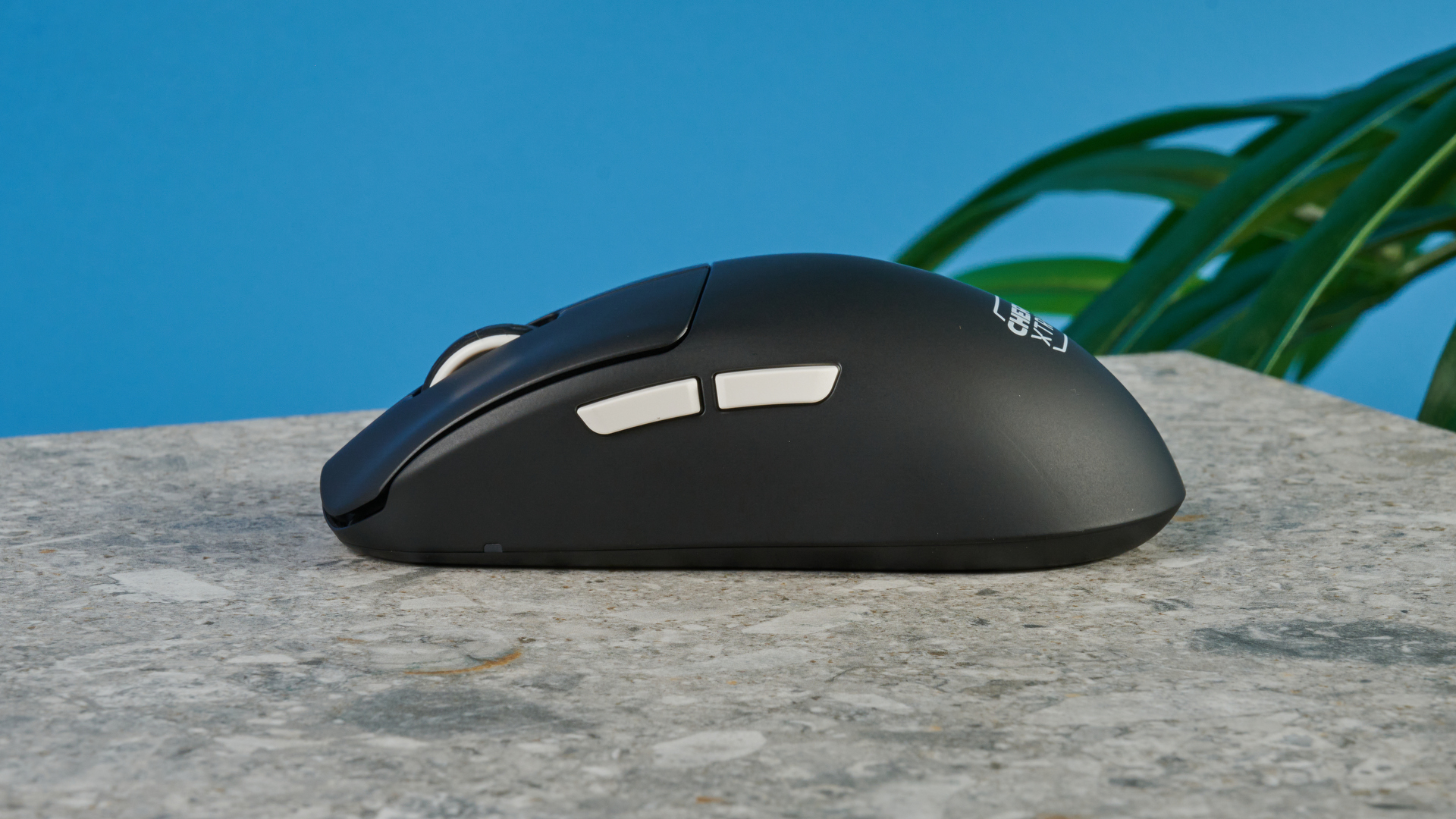
Utilizing a symmetrical shape, the M68 doesn’t specifically offer any ergonomic advantages, but the symmetrical shape was ideal for me. It feels really good in my hand, with a well balanced but very low weight that keeps my movements swift and accurate, allowing for a variety of grips with ease. I prefer a palm grip, and the 4.9 inch length of the mouse along with the very low front end was perfect for my medium-sized hands. A very slight curve towards the middle provides enough comfort for my thumb, and this is rounded off by spot-on placement of the two thumb buttons, allowing for easy access to additional keybinds.
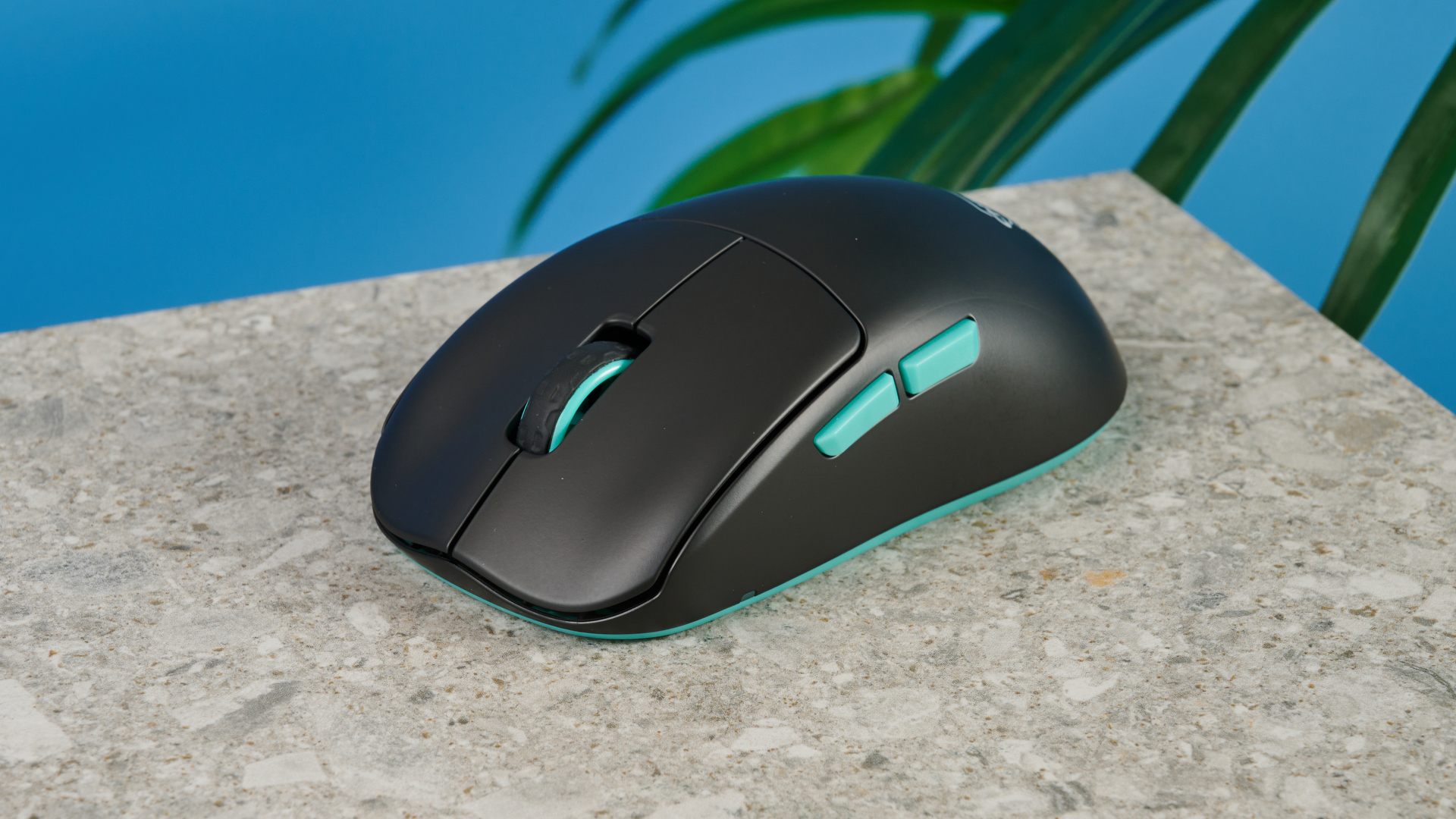
The only weakness to the build is the location of the charging port. Due to the ultra low front of the mouse, the M68 forgoes the usual front-facing charging port allowing for use whilst charging. You can technically use the M68 while using the side-facing charging port, but it was very tricky to get used to — it's worth pointing out that it limits the polling rate to 1,000hz on the Pro version, too. The rubber cover keeps the mouse looking sleek while not in use, but removing this can be quite a pain as well. All in all, it's a badly implemented element of the mouse, but isn't enough to sour my overall appreciation for the build quality.
Performance
The M68 performed excellently in any game I could throw at it, with my comfortable palm grip working seamlessly with the responsive sensor. It worked perfectly in picking up all motions with no errors, gliding across my mousepad freely thanks to the low weight and large mouse skates. It made playing FPS games a dream — there was a notable increase in my accuracy over my usual go-to mouse, the Razer Deathadder V2 ($70), and I was quickly hitting AWP shots in Counter Strike 2 without needing much time to get used to the feel of the M68.

My medium-sized hands were able to hold the mouse comfortably, with my fingers naturally resting in the subtly grooved left and right mouse buttons. There is little travel time on each click, and the left and right mouse clicks have satisfying feedback thanks to well-tuned Huano switches. The mouse is capable of some of the lowest click latency on the market, according to Cherry’s marketing, and this certainly holds up from what I have seen of it — spamming my rifle to farm creeps as Vindicta in Deadlock felt very snappy.
Onboard customization
There is no companion software to speak of for the M68, which is a massive plus for those sick of installing bloated companion apps to access the essentials. Using various mouse button combinations, and utilizing the 4 stage switch underneath the mouse, you can freely toggle between different settings. An example of this is that by holding down the left and right mouse buttons, along with both thumb buttons, you can toggle lift-off distance between 1 and 2mm.

A well-placed indicator light on the side of the mouse flashes various colors to confirm options. It’s small enough to not be noticeable, and remains off most of the time. I vastly prefer this to already-good onboard adjustments to the Endgame Gear XM1r ($49), as that involved some level of guesswork to assume that the settings I wanted to enable were turned on properly due to the lack of visual cues.
Battery
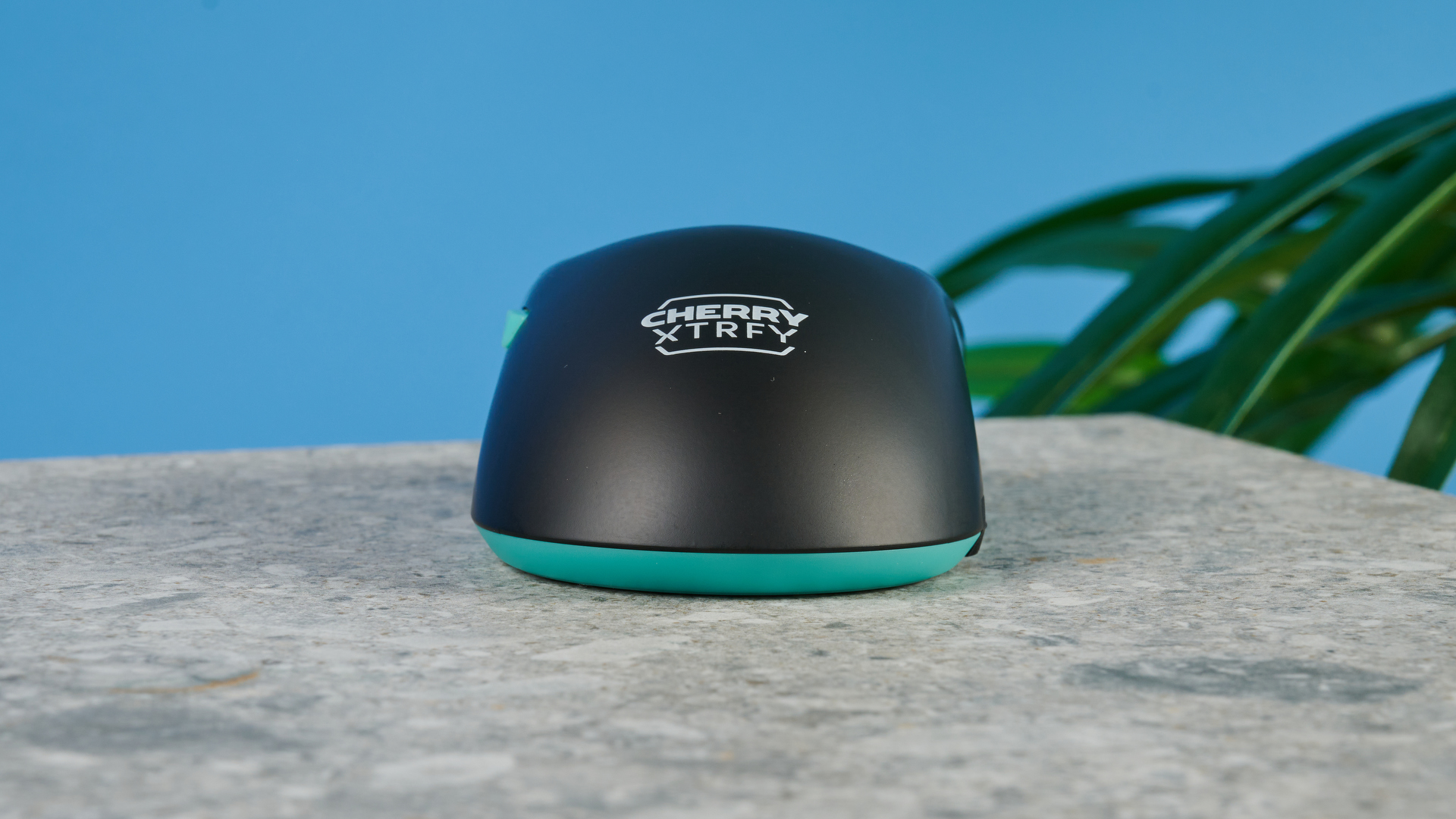
I should note that the two versions of this mouse have slightly different battery lives, with the M68 marketed with a 75 hour lifespan, with the Pro clocking in at 90. The battery drained incredibly slowly, even with the “Pro Gaming” mode turned on and using either mouse at maximum polling rate — the 350mAh battery performed surprisingly well, and is one of the best batteries I have come across on a wireless mouse.
Cherry M68 / M68 Pro review: The downs
With the performance on both the M68 and Pro variants being so strong, it's hard to find much to criticize. The main frustration I had is with the slightly shoddy plastic case, and the gimmick of an 8,000hz polling rate that, at best, you won’t be able to make full use of. Both of these are more buying considerations than outright cons, for an otherwise stellar mouse.
Polling Rate
The polling rate of a mouse is the frequency at which it updates its position to the connected computer.
Despite the lack of the 8K polling rate, the standard version of the M68 holds up well in performance, with the same sensor and build. I found it hard to notice any real difference between the two versions of the mouse while playing on a 144hz monitor, as both felt accurate and smooth and my gameplay was as good using both mice.
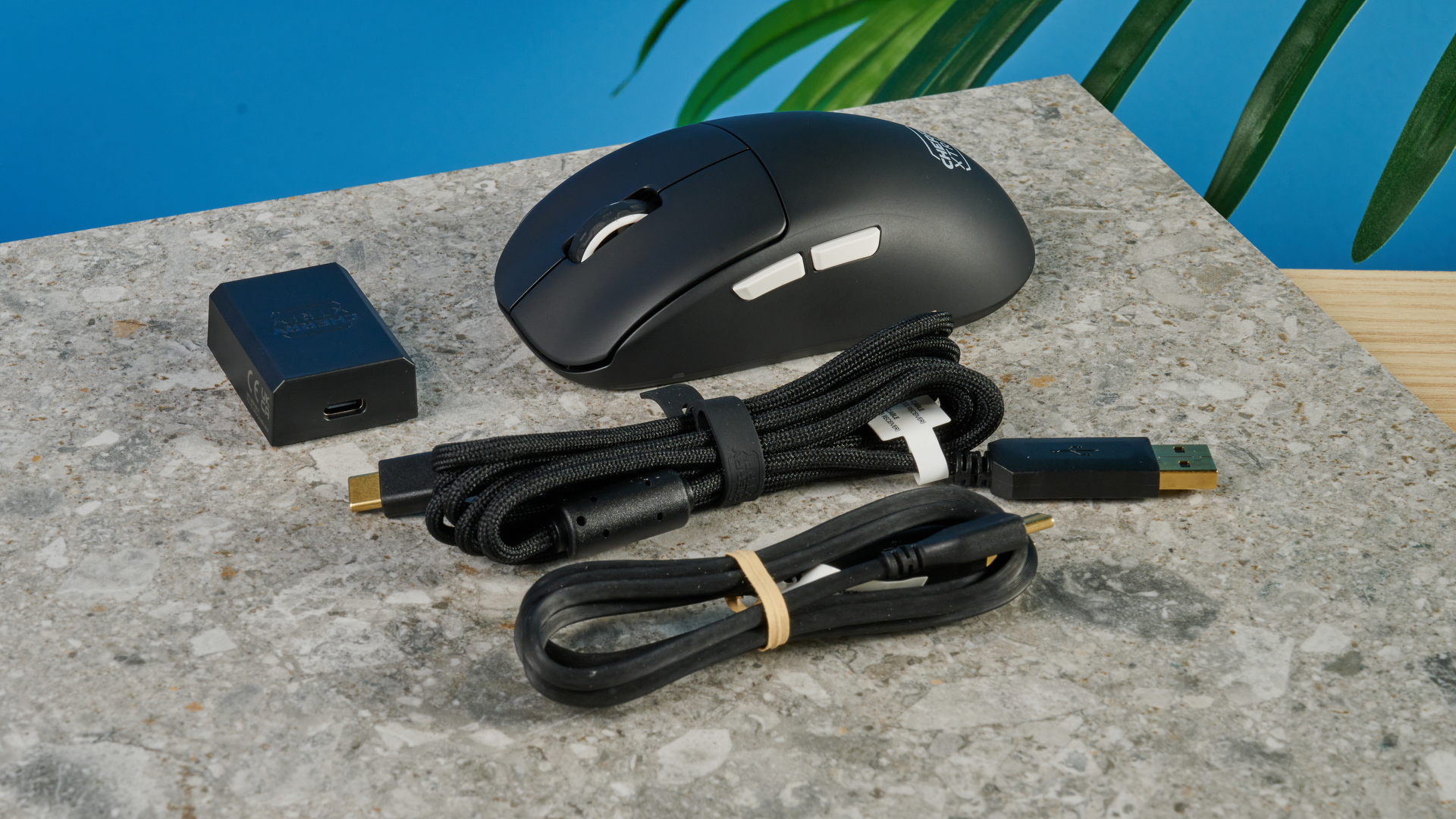
I would hesitate to recommend the M68 Pro for this reason — you are spending $40 extra for a mouse that really doesn’t exhibit any noticeable performance increases. Professional gamers overwhelmingly use 1,000hz rates, so I don’t think there is any reason to spend big on an upgrade. That being said, the mouse is still the cheapest 8k mouse I have seen — the Razer Viper V3 Pro comes in at a ridiculous $157 by comparison.

Even if you do opt for the Pro, it is worth noting that 8,000hz polling rates can lead to performance issues in some poorly optimized games, and an increased load on your CPU. In Counter Strike 2, where every frame matters, I limited myself to a 2,000hz polling rate for a slight boost over 1,000hz. I did appreciate that you can set the mouse to 1k, 2k and 4k using the onboard controls, although it is hard to recommend this for anything below a semi-pro gamer.
Visual design
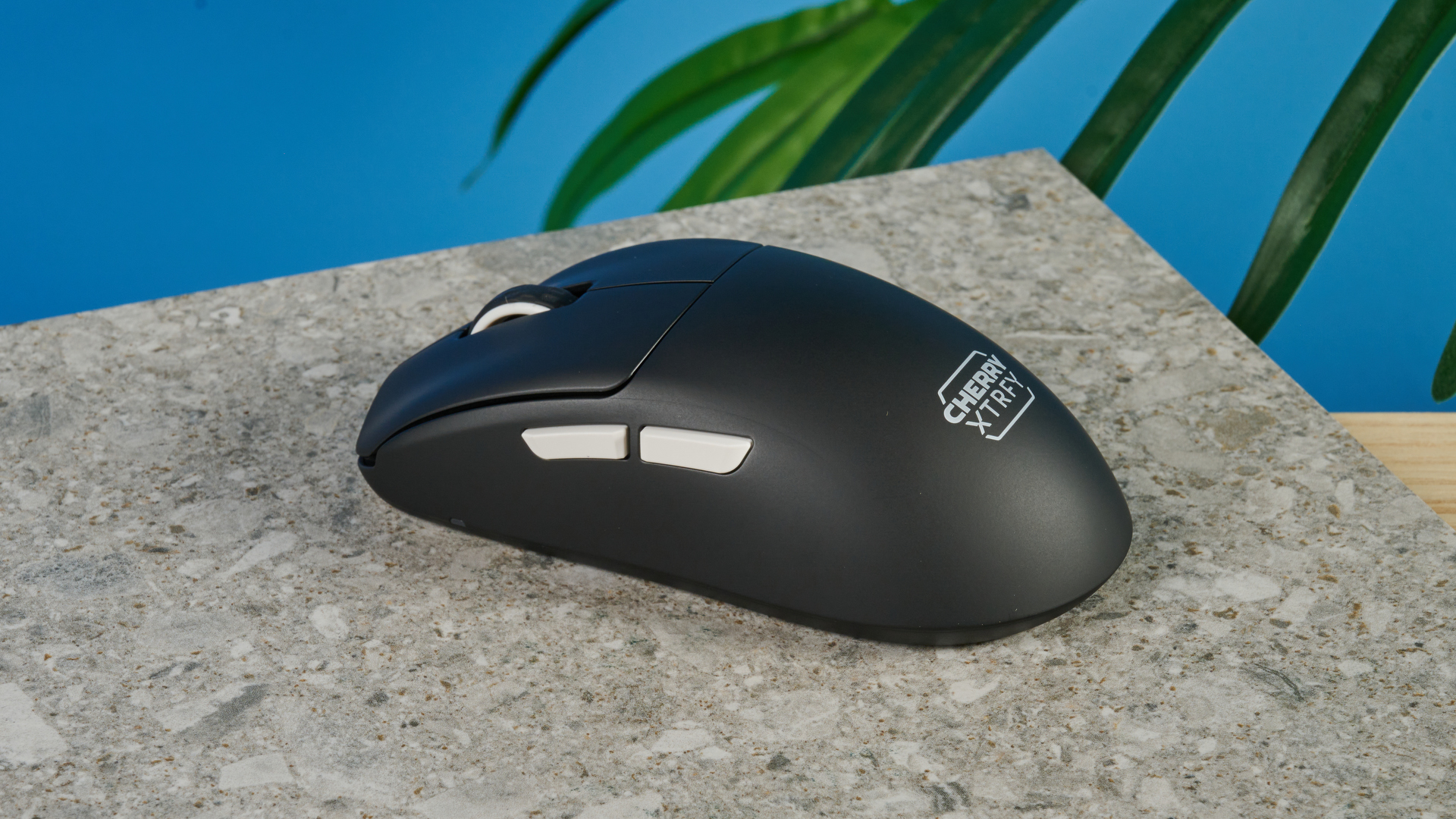
To get the obvious comparison out of the way, the M68 is incredibly similar in looks to the Logitech G Pro X Superlight 2. Most of my issues boil down to personal preference — I find the “Cherry Xtrfy” logo a little too wordy, particularly compared to the relatively straightforward “G” on the Pro X. I would have preferred something closer to the Fantech Aria XD7 ($78), with a slightly improved plastic texture and the ability to switch out the back cover to a honeycomb. This being said, it is a remarkably well done imitation of a great mouse design.
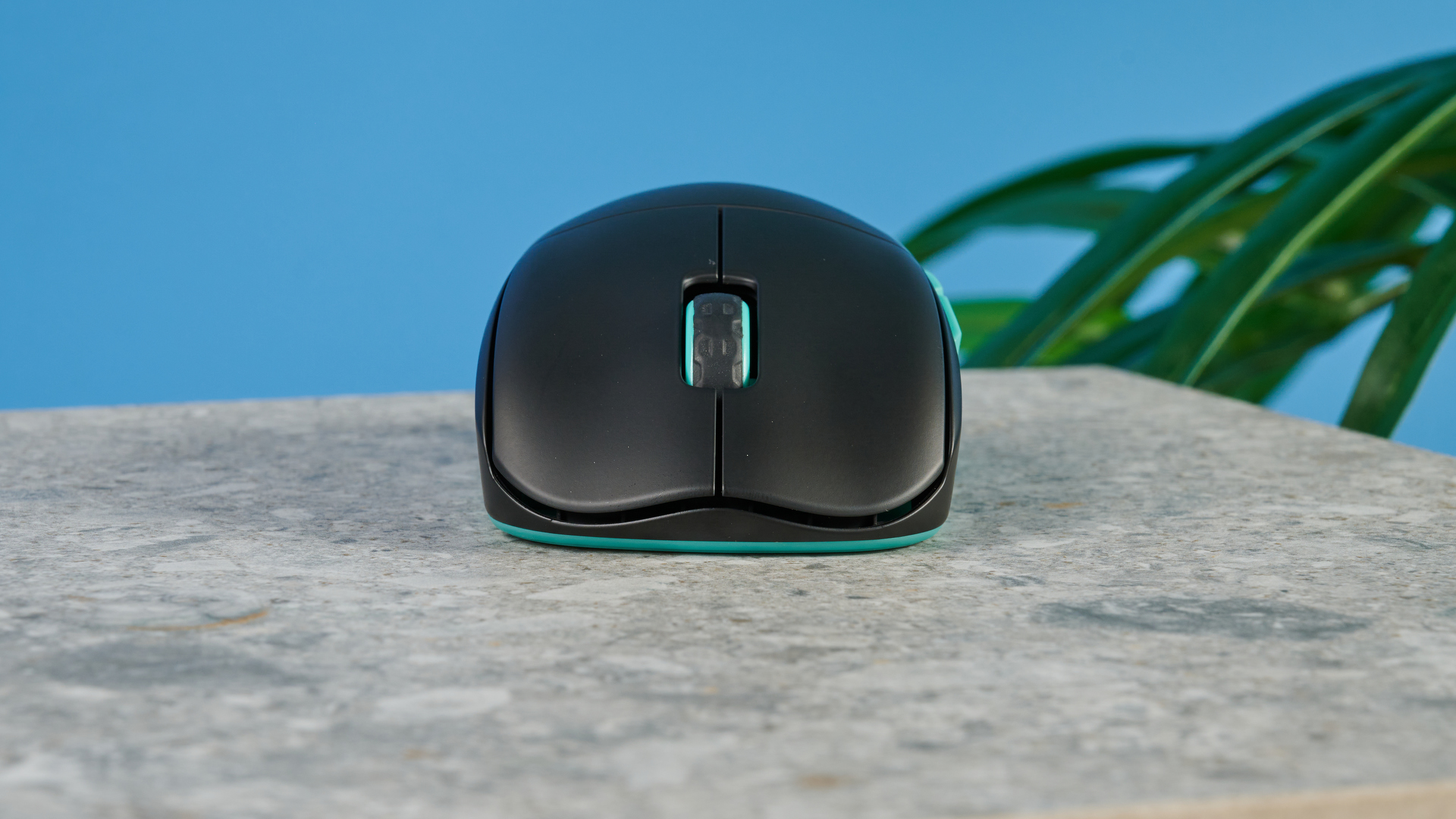
This makes the relatively poor casing of the M68 a bigger disappointment, with a smooth plastic that attracts a pretty gross amount of sweat and grease — I don’t get particularly sweaty palms, but the shiny black plastic will show any imperfection clearly. I found myself having to clean the mouse much more than I normally would with other mice.
Cherry M68 / M68 Pro review: Verdict
Remarkable in its stand-alone capability, powerful performance and overall great build, the M68 is an impressive mouse that sets a high bar for the mid to high range of gaming mice. Compared to other Logitech G Pro X Lightspeed-alikes, the M68 is my new go-to favorite.
It is a shame about the strange charging port — this sacrifice was made to keep the front as low as possible, but as someone who doesn’t play at a professional level I happily sacrifice the small advantage this provides for the convenience of using my mouse while it is charging. The pretty gross plastic finish is another downside, but I appreciate this is something a lot of mice with a similar finish possess.
The M68 is an easy recommendation for those looking for a high performance mouse that feels great to use. A small word of advice: save your money and avoid the Pro version, 8,000hz is not going to help you hit those headshots.

Eve is a Staff Writer on the Reviews team at Tom’s Guide. Her expertise centers around computing, and she loves testing out the very best high performance peripherals to help you make the right choice. With her experience working in IT and a love for gaming, she has an eye for function and efficiency— this is reflected in the time spent building and customizing her own desktop PCs. In her downtime, Eve is always on the lookout for new tech to give her a competitive edge in the latest games, or a boost in her daily productivity.
